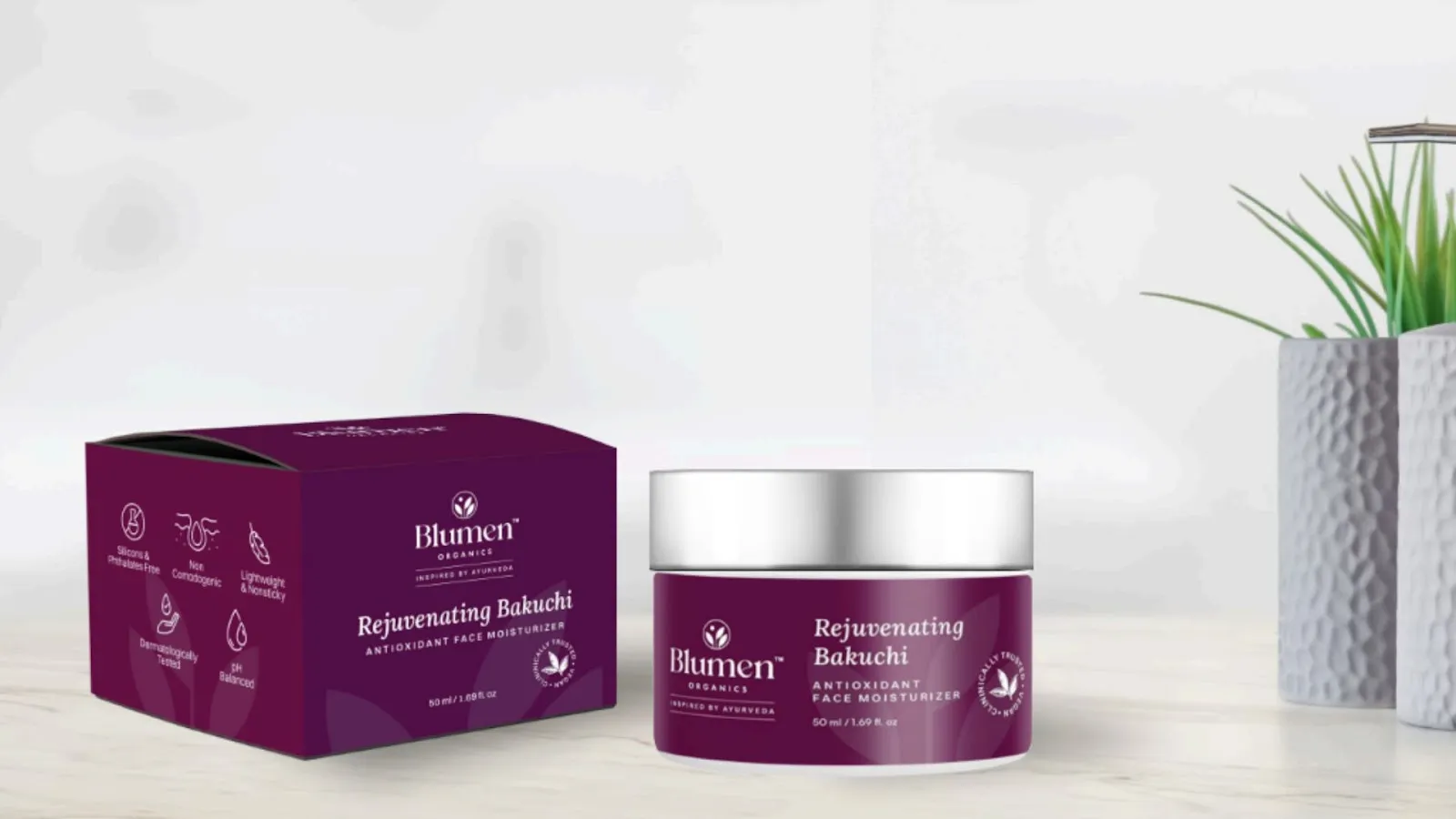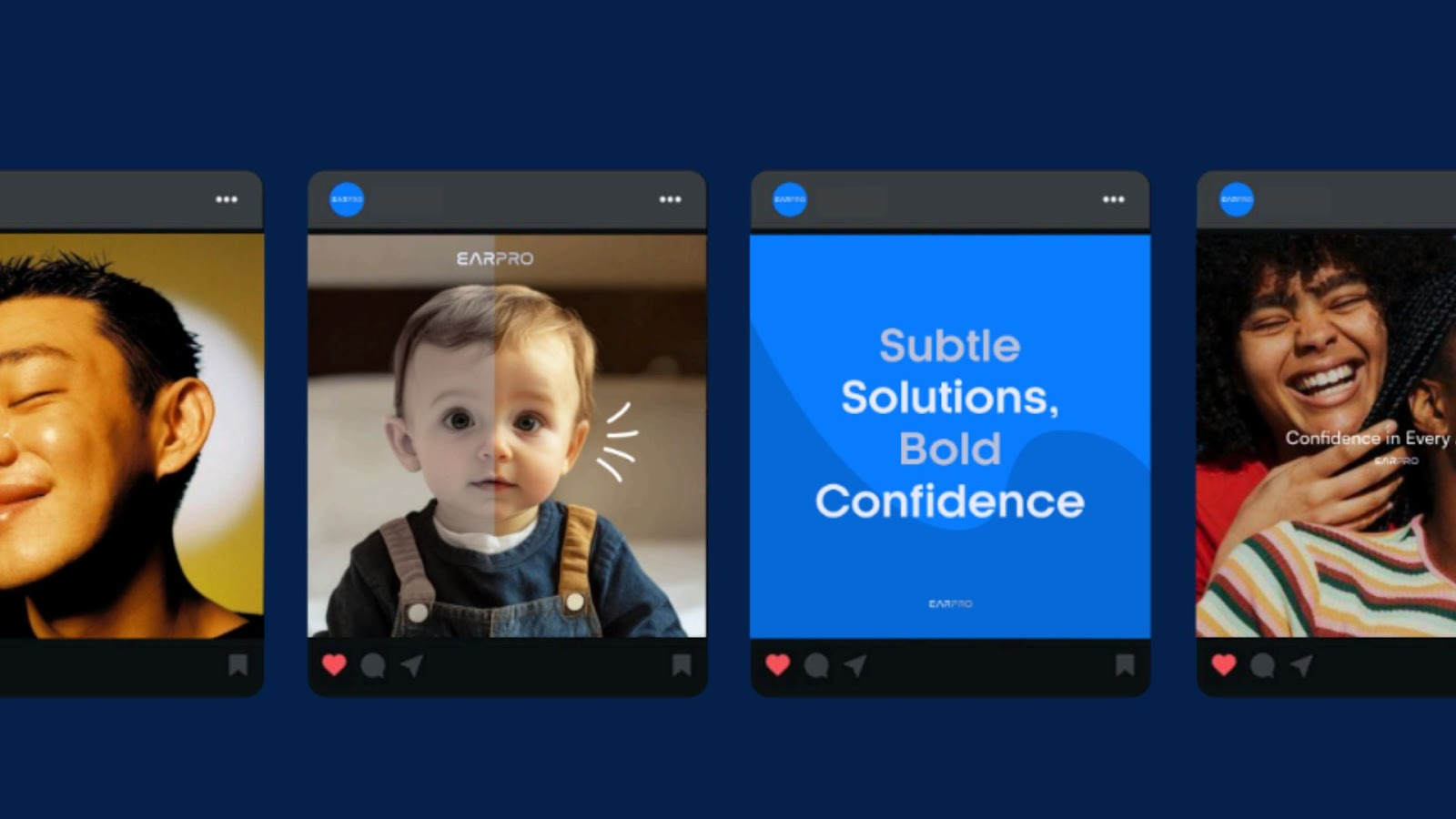.svg)
.svg)
.svg)
.svg)
.svg)
.svg)
.svg)
.svg)
Book a call and get unlimited revisions for your project!
.webp)
.svg)

As a founder, you started your company with a feeling, a gut instinct that you could do something better or differently. That feeling is the soul of your brand. But how do you translate that intangible soul into something your customers can see and connect with?
That's the real work of brand identity. It's not about picking colors you like; it's about reverse-engineering that original feeling into a visual system that evokes the exact same emotion in your audience. For you, the founder, understanding brand psychology is about ensuring the "why" behind your business isn't lost in translation. It’s the strategic process of making sure your brand's first impression, the one that happens in a split second—is a true reflection of the passion and purpose that started it all.
A great brand is about much more than a memorable logo or a catchy name. It’s a feeling, an experience, and a relationship built on trust. The psychology behind branding is the invisible force that turns a casual shopper into a loyal customer, and it all starts with your brand identity. This identity is the complete sensory experience you offer, from the colors on your packaging to the font on your website. Understanding how consumers connect with brand design is the first step toward building a business that doesn't just sell products, but creates a genuine connection.
First impressions are formed in the blink of an eye. Research shows that it takes a person as little as 50 milliseconds to form an opinion about your website, and by extension, your brand. This judgment happens almost entirely on a subconscious level, driven by visual cues. This is because our brains are wired to process images and visual information about 60,000 times faster than text. Before a customer even reads your mission statement or product description, they’ve already made a snap judgment based on your design.
This immediate visual assessment is what sets the stage for everything that follows. A clean, professional design can signal trustworthiness and quality, while a cluttered or outdated look can create feelings of unease or doubt. The colors, shapes, and images you use are not just decorative elements; they are the primary language your brand speaks. Getting this visual language right is crucial for making a positive first impression that encourages customers to stick around and learn more.

Every design choice you make sends a psychological signal. An effective brand identity carefully selects these elements to evoke specific feelings and communicate the brand’s core personality without using a single word. By understanding these associations, you can start to build a visual system that tells your story authentically.
Color is one of the most powerful tools in branding. It directly influences mood and perception, making it a critical component of the psychology behind branding. For retail brands, particularly in sectors like food, beauty, or wellness, color choices can make or break a product’s appeal on a crowded shelf.
Shapes also carry subconscious meanings that contribute to how consumers connect with brand design. The forms used in your logo, packaging, and web design can reinforce your brand’s message.
Typography is the voice of your brand. The style of font you choose communicates a distinct personality.
Imagine meeting someone who changes their personality every time you see them. You’d quickly become confused and distrustful. The same is true for brands. Brand psychology teaches us that consistency is fundamental to building trust. When your visual identity is consistent across every touchpoint—from your product packaging and in-store displays to your website and social media profiles—you create a predictable and reliable experience.
This consistency triggers a psychological principle known as the Mere-Exposure Effect, which states that people tend to develop a preference for things merely because they are familiar with them. The more a consumer sees your distinct colors, logo, and typography used in a cohesive way, the more familiar and trustworthy your brand becomes. This is why it's so important to align your design with your brand identity at every single customer interaction. It’s this subconscious familiarity that deepens how consumers connect with brand design, turning recognition into loyalty.
Some of the world's most successful companies are masters of brand psychology. They don’t just sell products; they sell feelings and identities. Looking at these emotional branding examples shows how powerful a well-executed strategy can be.
Apple is a prime example. Their minimalist design, clean lines, and simple white and grey color palette communicate simplicity, innovation, and sophistication. Owning an Apple product isn't just about having a phone or a laptop; it's about being part of a tribe that values creativity and elegant design. The entire customer experience, from the unboxing to the user interface, is meticulously crafted to reinforce this feeling.
In the beauty world, a brand like Dove has built its identity around realness and self-esteem. Their use of soft, clean colors, gentle curves in their logo and packaging, and campaigns featuring diverse women create a sense of authenticity and care. The brand's psychology is rooted in empowerment and acceptance, making customers feel good about themselves and, by extension, good about purchasing Dove products.

You don't need a multi-billion dollar budget to apply these principles. Any business, especially in the competitive retail space, can use brand psychology to create a stronger connection with its audience.
Before you think about colors or fonts, you need to understand who your brand is. Is it fun and playful? Luxurious and exclusive? Health-conscious and nurturing? A clear understanding of your brand's core traits is the foundation for all design decisions. Taking the time to properly define your brand’s personality will guide your creative direction and ensure authenticity.
Who are you trying to reach? What do they value? What are their aspirations? A design that appeals to a Gen Z fashion enthusiast will be very different from one that attracts a middle-aged wellness seeker. Your branding should speak directly to the emotional needs and desires of your target customer.
Use the psychological associations of color, shape, and typography to build a visual language that reflects your brand's personality and speaks to your audience. Don't just pick blue because you like it; pick it because you want your supplement brand to feel trustworthy and scientific. Every choice should be strategic.
Feeling overwhelmed with all the moving parts? A strong brand identity doesn't happen by accident. If you're ready to build a brand that truly connects with your customers, let's talk. You can book a call with our retail branding experts to see how we can help.
Investing in the psychology behind your brand identity is a long-term strategy. It goes beyond generating initial sales; it fosters brand loyalty and builds a community around your products. When customers feel an emotional connection to your brand, they are more likely to choose you over competitors, recommend you to others, and stick with you even as your business evolves. A strong, psychologically-informed brand can also justify a premium price, as customers are paying for the experience and the identity as much as the product itself. Over time, you may even need to consider how to refresh your brand identity without losing your core audience, and a strong foundation makes that process much smoother.
Your brand's story is waiting to be told in a way that captivates your audience. At Confetti, we specialize in building powerful brand identities for retail businesses in the F&B, fashion, wellness, and beauty sectors. If you want to stop guessing and start connecting, book a call with us today.
What is brand identity psychology?
Brand identity psychology is the study of how the visual and sensory elements of a brand—such as color, shape, and typography—influence consumer perceptions, emotions, and behaviors on a subconscious level.
Why do consumers connect with visuals more than text?
Consumers connect with visuals more than text because the human brain is wired to process images significantly faster. Visuals evoke immediate emotional responses and create mental shortcuts that make brands easier to remember and recognize.
How can small businesses use psychology in branding?
Small businesses can use psychology in branding to build trust and connect with their target audience effectively.
How long does it take to build a brand identity?
Developing the core assets of a brand identity, like a logo, color palette, and style guide, can take anywhere from a few weeks to several months. However, truly building the identity in the minds of consumers is an ongoing process that takes years of consistent application.
What are the key elements of a brand identity?
The key elements work together to create a cohesive brand experience.
Lorem ipsum dolor sit amet, consectetur adipiscing elit, sed do eiusmod tempor incididunt ut labore et dolore magna aliqua. Ut enim ad minim veniam, quis nostrud exercitation ullamco laboris nisi ut aliquip ex ea commodo consequat. Duis aute irure dolor in reprehenderit in voluptate velit esse cillum dolore eu fugiat nulla pariatur.
Block quote
Ordered list
Unordered list
Bold text
Emphasis
Superscript
Subscript


.svg)